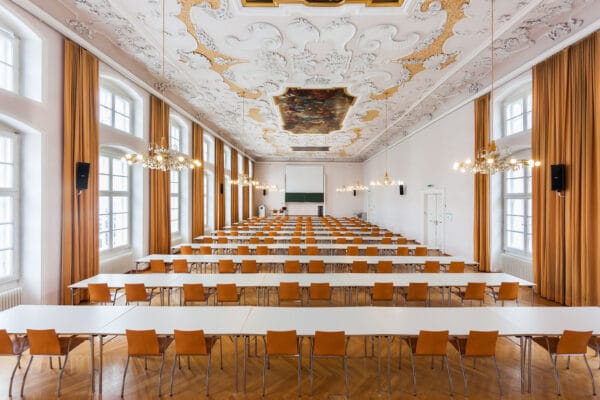
NAME:
Theologie - MS
BUILDING:
Theologie
FLOOR:
2
TYPE:
Lecture Room
CAPACITY:
108
ACCESS:
Only Participants
EQUIPMENT:
Beamer, PC, WLAN (Eduroam), Overhead, Flipchart, Blackboard, Handicapped Accessible, LAN, Microphones, Sound System
This contribution explores the design of hydroelectric power plants as an opportunity to enhance the contemporary mountain landscape. These infrastructures are part of a complex system of architectures and relationships—sometimes intangible—that have progressively transformed mountains into a “great machine” (Jakob, 2021).
The intensive hydroelectric exploitation of the early 20th century, combined with the effects of climate change, has led—especially in Mediterranean Europe—to the obsolescence of many hydroelectric infrastructures and the rise of new renewable sources. In particular, many scholars assert that, despite hydroelectric energy will remain a supporting element in European energy production, it will not expand further (Quaranta et al., 2023). This calls for reconsidering existing hydroelectric plants and their role in the mountain landscape, both from an architectural and spatial perspective.
Despite their obsolescence and weakened ties with local communities, hydroelectric infrastructures still form a significant territorial network (Jakob, 2021). Power plants, in particular, link mountain and valley, both physically—being located between settlements and mountain foothills—and functionally—transforming water into energy distributed over long distances. Furthermore, they have historically been a site for architectural experimentation, contributing to local landscape enhancement (Pavia, 1998).
From these premises, the contribution proposes a design-driven methodology that relies on the analysis of contemporary case studies, applied to the power station typology, and structured around three “design attitudes” (Shannon and Smets, 2010): adaptation, hybridization, and reuse. These are based on the idea of the mountains not merely as productive landscapes, but as dynamic systems where water bodies, topography, built fabric, and social dynamics actively interact, generating mutual benefits. Then, the attitudes will be tested in Roveto Valley (Abruzzo, Italy), an inner area affected by depopulation and socio-economic decline, which presents several hydroelectric power plants currently in use. This context highlights the need to rethink hydroelectric landscapes within a broader territorial regeneration framework.
The outcome is to define design actions for the regeneration of hydroelectric power plants in mountain areas, fostering a dialogue between theory and architectural practice to strengthen their role within the contemporary landscape.
